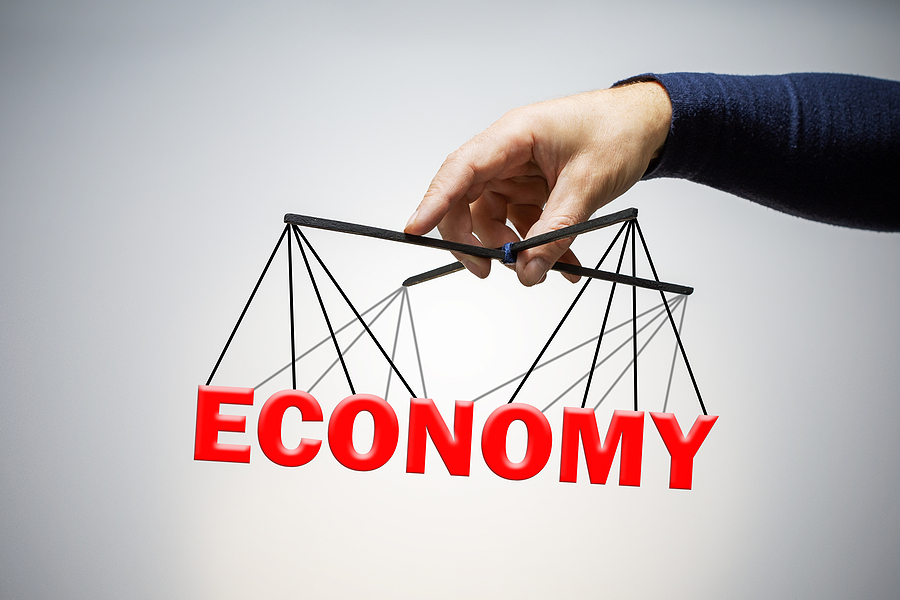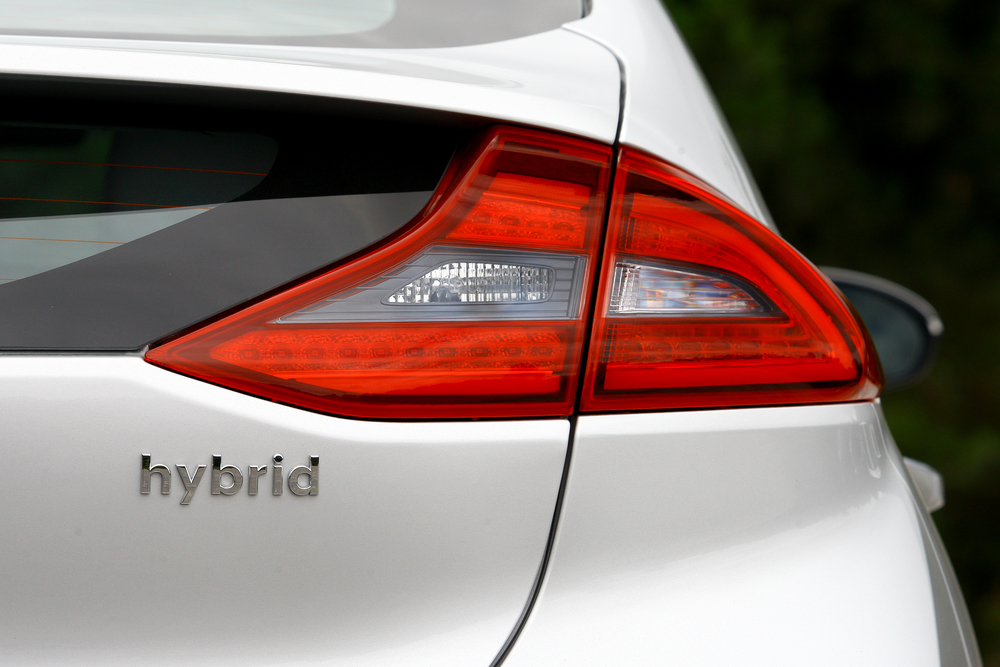Proposed laws to reward Australia’s biggest industrial greenhouse gas emitters for reducing pollution have been released by the federal government.
Energy Minister Chris Bowen used a business summit to begin three weeks of consultation on giving extra credits to industrial plants that go beyond delivering their required – or “baseline” – emissions levels.
“This creates a key financial incentive for safeguard facilities to make the step changes needed to reach net zero emissions by 2050,” he told the AFR Energy and Climate Summit on Monday.
With 86 months to go to reach the goal of cutting carbon dioxide emissions by 43 per cent, Mr Bowen plans to introduce the Safeguard Mechanism Credits Bill into parliament in November for the reforms to start in July 2023.
“It’s a tight time frame and there’s a lot to do, but it’s also necessary to act urgently because we have no time to waste in our emissions reduction goals,” he said.
More than 200 industrial facilities, each producing more than 100,000 tonnes of greenhouse gas emissions a year, are subject to the current safeguard mechanism. They account for more than a quarter of Australia’s emissions.
Mr Bowen said he hadn’t ruled out allowing big emitters to use international carbon credits in future changes but added “we’re not there yet”.
“We know there is a lot of interest in the use of international credits, but equally there is a need to ensure that any such units, if they are included in the future, are of the highest integrity,” he said.
Another tool being developed by federal, state and territory ministers is a so-called capacity mechanism that would pay electricity generators to have stand-by power available to avoid blackouts.
Australian Energy Market Operator (AEMO) chief executive Daniel Westerman warned extreme events were becoming more frequent and extra measures were needed.
Although Australia was unlikely to see a repeat of the same circumstances this year that saw wholesale energy prices triple and the market suspended, many of the underlying issues persisted, he said.
Australia’s renewable energy needs backup from big batteries, pumped hydro and new gas generation, and more transmission to connect low-cost renewable generation to consumers, he said.
A capacity mechanism prepared for the previous federal government was tagged “CoalKeeper” by some and rejected as going too far in extending the life of ageing coal-fired plants.
Some argue only new sources of energy should be eligible, but ministers are yet to finalise a rejigged plan.
“We simply won’t get this built with the current ‘energy only’ market design,” Mr Westerman said.
At least five coal-fired power stations are set to close between now and 2030 and he expects other coal-fired generators to announce further closures as Australia moves to an electricity grid dominated by renewables.
But he said investors would struggle with the volatility of wholesale prices and customers would baulk at long periods of high tariffs as variable renewable energy became the mainstay.
The global energy crisis has increased the cost of fuel for Australia’s gas and coal-fired power plants, increasing power bills for industry, businesses and families.
Most Australian households have had to cut their spending on essentials such as food and heating over winter as the cost of living skyrockets, according to a new survey by Australian Parents for Climate Action.
Renters and homeowners want more spending on renewables and immediate support from rebates to make solar and electric cars more affordable, the survey of 1000 households across Australia found.
Marion Rae
(Australian Associated Press)




